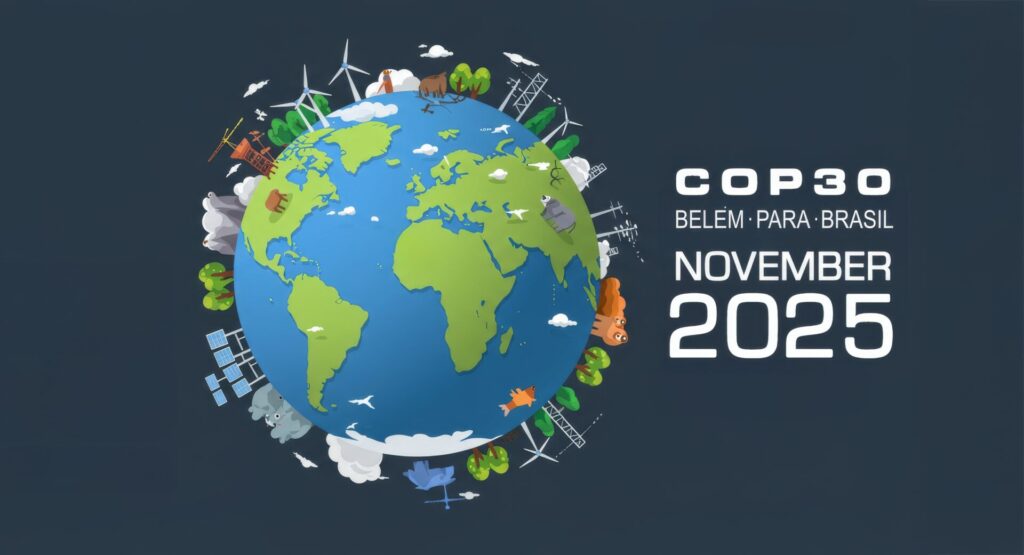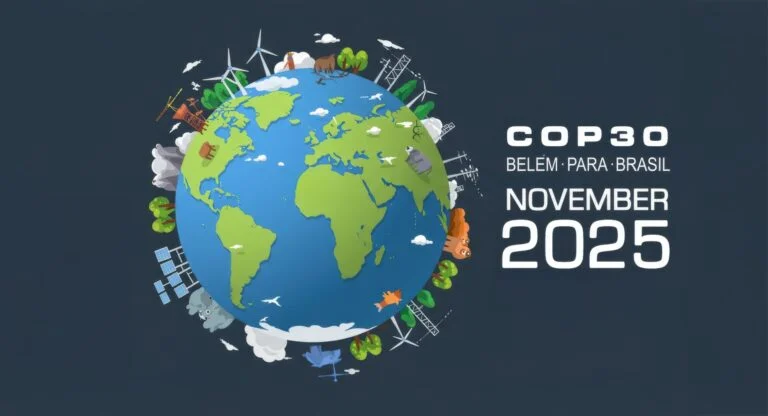This weekend at COP30 in Belém was packed with major announcements, powerful protests, and growing pressure on world leaders to...
Read More- Industry Updates
COP30 Weekend Summary: 14th-15th November 2025
-
 Kate McCann
Kate McCann
- 3 minute read

Indigenous Protests Set the Tone
The Belém Declaration
Negotiations Reveal Deep Divides
Civil Society Marches Take Over The City
Negotiations Move Into Their Political Phase
As the summit moves forward, the main question is whether these commitments and protests will translate into clear, measurable outcomes. The weekend highlighted both the ambition of world leaders and the pressure from the public, and the coming days will determine whether COP30 can deliver results worthy of the Amazon location that is hosting it.
Catch Up On Other COP30 Updates

COP30 Weekend Summary: 14th-15th November 2025
This weekend at COP30 in Belém was packed with major announcements, powerful protests, and growing pressure on world leaders to

COP30 Day 4 Summary: Thursday 13th November 2025
Day 4 of COP30 in Belém opened against a backdrop of strong expectations and mounting tension. The summit’s focus shifted

COP30 Day 3 Summary: Wednesday 12th November 2025
Day 3 of COP30 in Belém included a striking display. More than two hundred boats carrying thousands of Indigenous leaders,

COP30 Day 2 Summary: Tuesday 11th November 2025
As COP30 continued in Belém, Brazil, Day 2 brought a mix of disruption, debate, and growing calls for action on

COP30 Day 1 Summary: Monday 10th November 2025
The 30th Conference of the Parties (COP30) opened in Belém, Brazil, marking the start of two weeks of negotiations on

